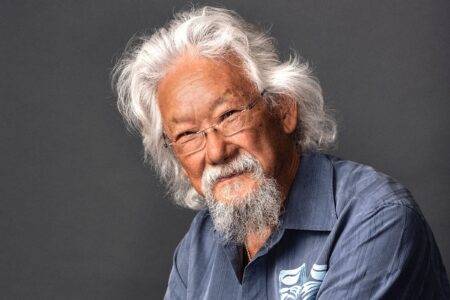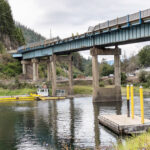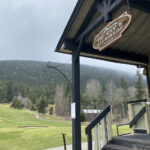Keep children safe on the road for travels
Car crashes kill more children than any other injury. Car seats, booster seats and seat belts, when used correctly, play an important role in keeping children safe and sound while traveling.
“There are several different types of car seats available and each is designed for a specific purpose,” says Brenda Marsman, public health nurse and certified car seat technician. “Knowing a child’s height and weight before purchasing a car seat is important. It is essential that car seats, booster seats and seat belts are used properly.”
Canadian law requires that all newborns and infants use a rear-facing car seat. When your child outgrows their infant seat, use a convertible car seat in the rear-facing position. Rear-facing car seats support and protect the head and spine in the event of a crash. It is safest to keep your child in the rear-facing position as long as possible – until the child reaches the height or weight limit for the seat.
Children who have reached the minimum requirements of 20 pounds and at least one year of age may transition to a forward-facing car seat. Forward-facing car seats are designed for children who are at least one year old because their spines, bones and muscles have grown stronger. Children should continue to use a forward-facing car seat until they have reached the maximum weight restrictions for the model they are using.
When a child weighs 40 pounds (18kg) or more they can start using a booster seat. Children are much better protected in a booster seat than they would be using only a vehicle lap and shoulder belt. Booster seats raise a child up in the vehicle seat, so the vehicle’s lap and shoulder belt are positioned correctly with the lap belt resting low across the hips, and the shoulder belt resting in the middle shoulder region – not touching the neck. In B.C. all children must use booster seats until their 9th birthday, unless they have reached the height of 4’9” (145cm).
“It’s important to remember that seat belts are designed for adult bodies,” says Marsman. “Children should only use lap and shoulder belts without a booster seat when they have reached the appropriate age and height.”
Here are additional tips to keep in mind when looking for a car seat or a booster seat:
- Be sure to buy your child safety seat or booster seat in Canada. Only seats bought in Canada are legal for use here. Look for the Canadian Motor Vehicle Safety Standards label on the side of the seat.
- Avoid buying used seats. Seats that have been involved in accidents are no longer safe to use.
- Be aware of the seat’s expiry date. Properly dispose of expired car seats by cutting the straps so they are no longer usable.
- Try out a car or booster seat before you buy it. Have your child sit in the seat first to make sure it is the best fit for their height and weight and for your vehicle.
- Always follow the manufacturer’s instructions to ensure you install and use the child safety seat correctly.
- Make sure your infant or child is in the proper car seat for their weight and height on every trip, even short ones. Crashes can happen anytime.
May 30 to June 5 is National Safe Kids Week. Public Health Nurses across Interior Health have a long history of providing parents and caregivers with important safety information about car seats for their children. Contact your local health centre for more information. You can also talk to a trained child car seat educator or technician by calling the toll-free Child Seat Information Line at 1-877-247-5551.
For more information on child passenger safety visit the following websites or attend one of the events listed below:
· BCAA Road Safety Foundation: http://www.tsfbcaa.com/11.aspx
· Safe Kids Canada: www.safekidscanada.ca






















